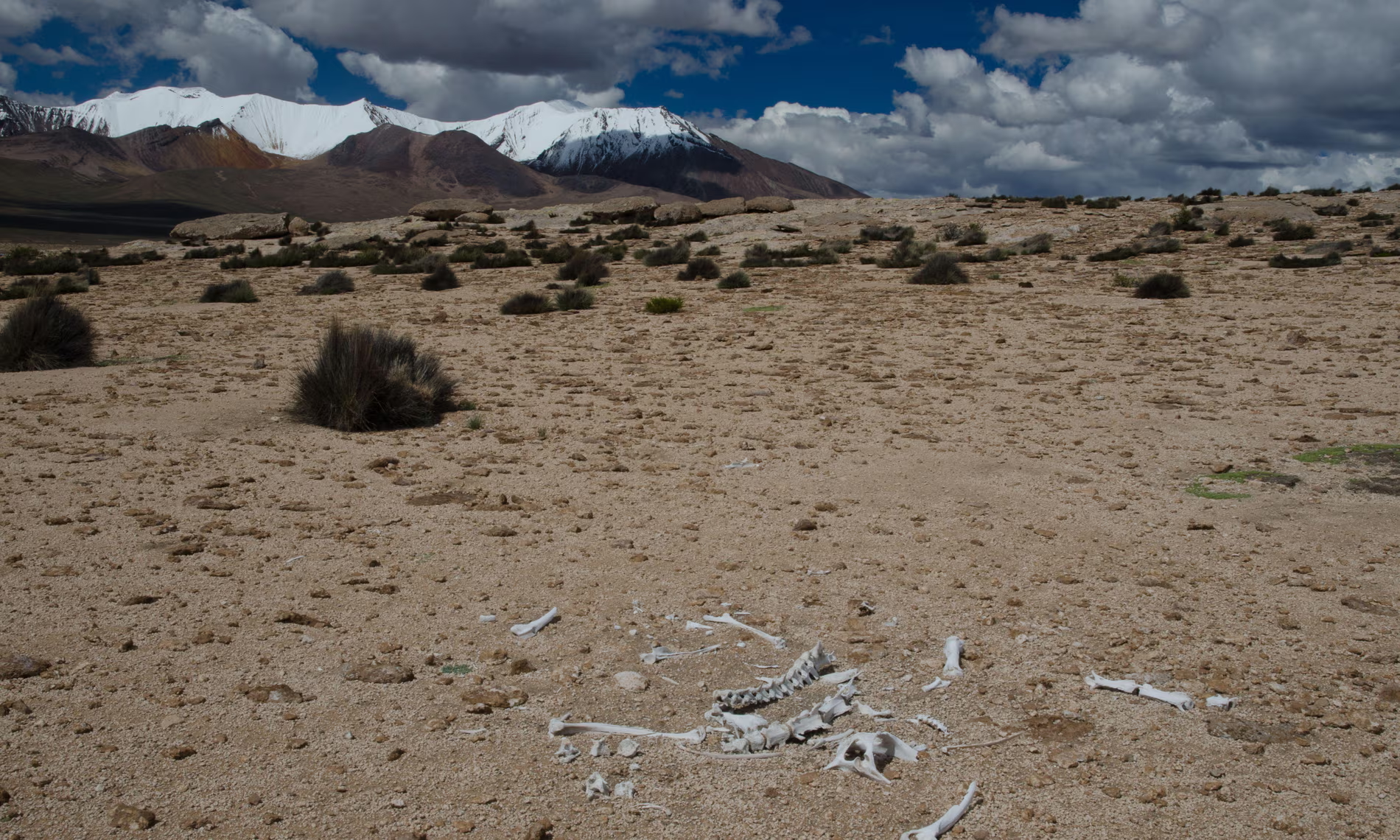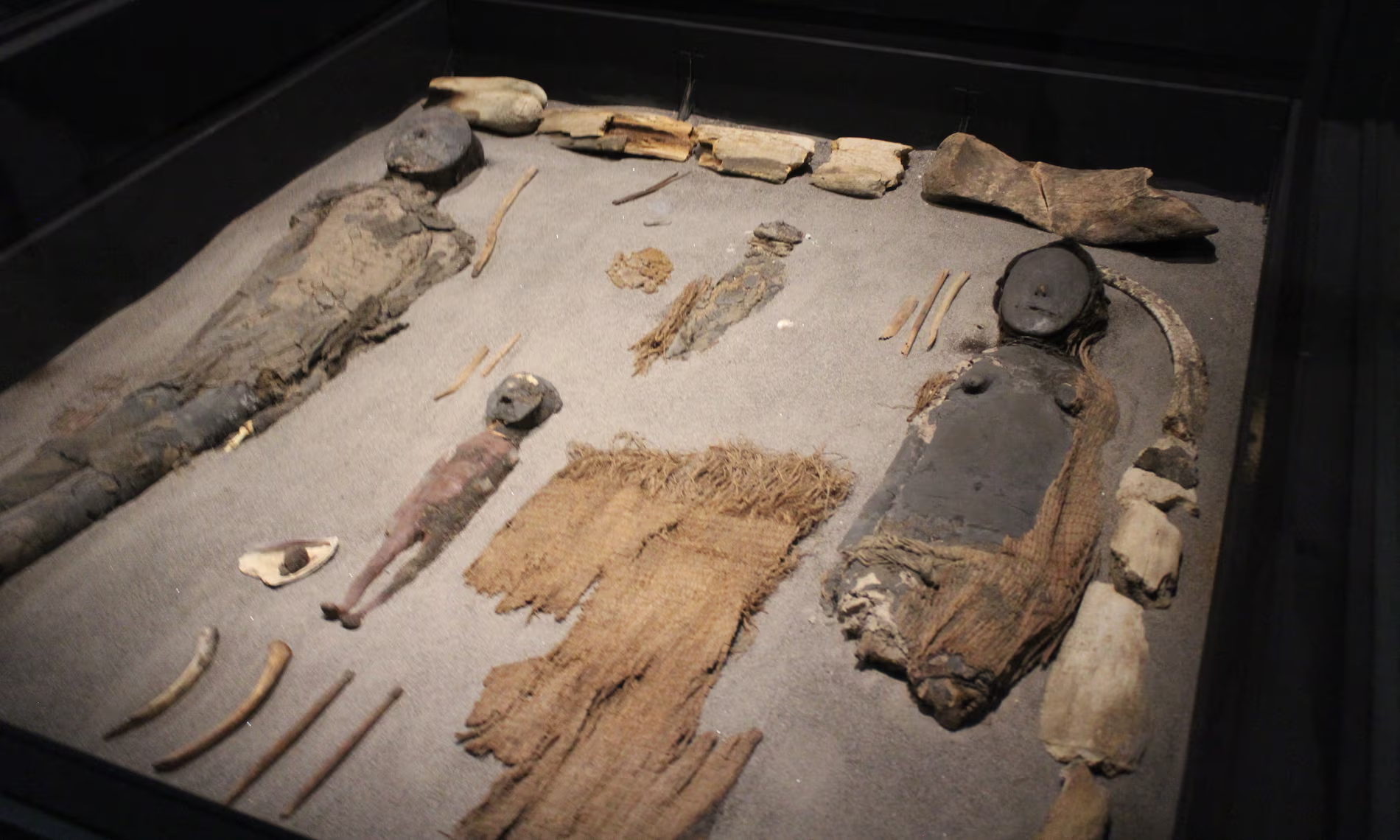Ancient Chinchorro mummies face modern threats
The Atacama Desert of Chile holds a hidden treasure: the Chinchorro mummies, the oldest artificially preserved human remains in the world, predating Egyptian pharaohs by a staggering 2,000 years. Professor Bernando Arriaza of the University of Tarapaca explains these mummies offer a unique window into the lives of the Chinchorro people.
The arid desert environment naturally mummified some remains, inspiring the Chinchorro to develop elaborate mummification practices 5,000 years ago. Archaeologists have discovered mummies adorned with reed blankets, clay masks, and even human hair.
While UNESCO has designated the region a World Heritage Site, some mummies remain vulnerable. Museums like the Miguel de Azapa Archaeological Museum showcase these relics in controlled environments. However, countless mummies lie hidden in the desert, facing threats from a changing climate.

“Rising sea surface temperatures could increase humidity,” warns paleo-ecologist Claudio LaTorre of the Catholic University of Chile. “This would trigger decomposition in areas currently preserving mummies, leading to their loss.”

Climate change isn’t the only concern. The delicate environmental clues surrounding these mummies could also vanish. Professor Arriaza is leading efforts to raise awareness about the Chinchorro mummies, hoping to secure resources for their preservation. “It requires a collective effort,” he says, “to safeguard these irreplaceable pieces of our past.”
Discover more from Vitascope
Subscribe to get the latest posts sent to your email.

